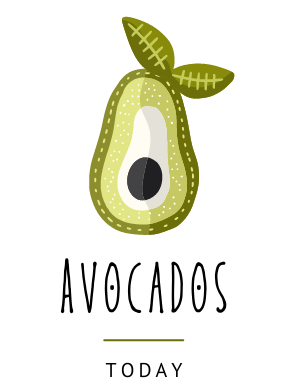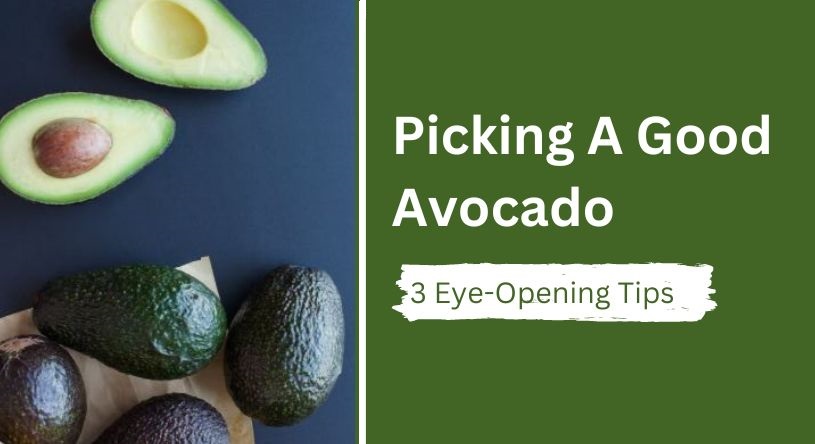Picking a good avocado every time can seem hit or miss. You excitedly grab an avocado at the store, ready to whip up a creamy treat, only to get home and find it’s rock hard and nowhere near ripe enough to use! We’ve all been there. Those stubborn, unripe avocados can be so frustrating.
But it doesn’t have to be. Knowing exactly what to look for when picking an avocado makes it easy to choose ideal specimens every time. With these tips, you’ll be sure to avoid disappointment and enjoy avocado perfection!
How to Tell if an Avocado is Ripe
Determining an avocado’s ripeness takes some practiced assessment. You have to look, feel, and smell for multiple indicators. Here are the stages of avocado ripeness and what to look for at each phase:
Not Ripe

When an avocado is unripe, it will be rock hard and fail to yield at all when you try to gently squeeze it. The skin will be thick and sturdy, not pebbly or glossy. And it won’t have that signature fruity, nutty avocado aroma yet. An unripe avocado needs 3-5 days on the counter to soften up and become edible.
Almost Ripe
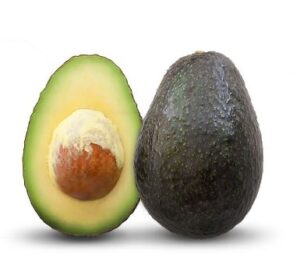
You’ll know an avocado is almost ripe when:
- The flesh just underneath the skin gives a little when pressed gently. The inner core will still be quite firm.
- The skin will start transitioning from a bright green to a darker olive green and take on a glossy, shiny appearance.
- There will be a very mild fruit and nutty aroma when you bring it close to your nose. The scent won’t be very pronounced yet.
- The flesh will be pale green and feel dense and stiff if you try to scoop a little out with a spoon.
An almost ripe avocado typically needs another 2-3 days sitting out on the counter before it is ready to eat.
Ripe

A ripe avocado will have these characteristics:
- The flesh will have some give when pressed gently, but the inside still retains enough firmness to keep its shape.
- The skin will be a richer, darker green and have a distinct pebbled, bumpy texture.
- A ripe avocado will release a robust, nutty, fruity aroma when handled.
- When you flick the side of a ripe avocado with your finger, it will indent slightly but bounce back.
- The flesh inside will be a vibrant green and feel creamy and thick versus watery or stringy.
A ripe avocado is perfect for slicing, mashing, making guacamole – any recipe that calls for avocado!
Overripe
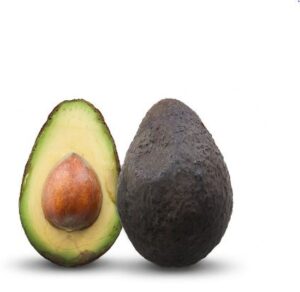
Here are the signs that an avocado has become overripe:
- The flesh feels mushy or almost liquid-like throughout when pressed. No area feels firm anymore.
- The skin looks dull, shriveled, and sunken rather than smooth and taut.
- Cutting into an overripe avocado reveals dark oxidation spots and stringy, waterlogged flesh.
- The smell is fermented and unpleasant versus fresh.
- The flesh will be an unappetizing brownish green and offer no resistance when poked.
An overripe avocado should be used immediately in smoothies or baked goods before it spoils further.
How to Choose Avocados for the Week
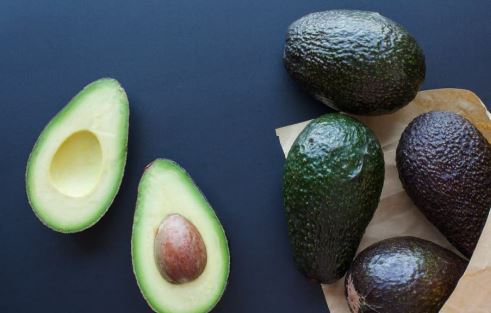
Planning out your avocado usage each week takes a little strategy but ensures you always have perfectly ripe avocados on hand. Here are some tips:
- Assess what avocado-containing dishes you eat regularly or want to make that week. Think about what ripeness levels work best for each. For example, firmer avocados hold up better in salads or sandwiches. Softer, creamier ones are ideal for guacamole.
- Purchase a selection of avocados in varying stages – some ripe and ready to use soon, some almost ripe that will be perfect in 2-3 days, and some unripe that can sit out for 4-5 days. Having a range gives flexibility.
- Store the avocados appropriately based on their ripeness. Keep ripe ones in the fridge to slow ripening. Leave almost ripe and unripe avocados on the counter to continue softening.
- Check on the avocados daily. Feel their firmness and adjust their storage as needed. If one ripens faster than expected, stick it in the fridge. If one is taking too long on the counter, move it to a paper bag to speed up ripening.
- Plan out when you’ll use each avocado depending on its readiness. Use the perfectly ripe ones at the start of the week. Give the almost ripe ones a few days to finish before using.
- If you end up with extra softened avocados, freeze chunks for smoothies or other frozen recipes. Just be sure to use them up while still fresh.
With some strategic purchasing, storage, and planning, you can enjoy perfectly ripe avocados whenever you need them!
How to Pick a Good Avocado at the Store
Selecting a perfectly ripe avocado at the store takes practice, but just remember these key checks:
Firmness:
- Gently squeeze the avocado without bruising it. It should give slightly but not feel mushy.
- Compare firmness between avocados. Choose the ones with a gentle yield rather than rock hard or squishy soft.
- Gauge ripeness by how much pressure it takes to make an indent. Ripe ones will dent with moderate, gentle pressure.
- Lift gently and judge weight. Heavier typically means more flesh and ripeness.
Skin Condition:
- Look for smooth, shiny skin without cracks, bruises, dents, or dry spots.
- The skin should look taut yet pebbly. Avoid avocados with loose, baggy skin.
- Darker greens usually indicate ripeness, but color alone doesn’t always mean ready. Combine with other tests.
- A dried out stem or dark blemishes signal the fruit may be overripe or bruised internally.
Shape:
- Choose avocados with a rounded bottom versus flat or pointed.
- The top should have a rounded dome shape without a dent, which can mean underdevelopment.
- Cradle in hand – it should feel naturally contoured versus misshapen.
When selecting avocados, take your time to check all these visual and tactile factors. An unrushed inspection will ensure you pick the perfect avocados ready for eating.
How To Pick A Good Avocado For Guacamole
Selecting prime avocados is key for crafting the ultimate guac. You want those avocados to be perfectly ripe and ready to mash into creamy, mouthwatering goodness. But determining ripeness isn’t always straightforward. Don’t judge an avocado by its skin—follow these tips for picking ideal guacamole avocados.
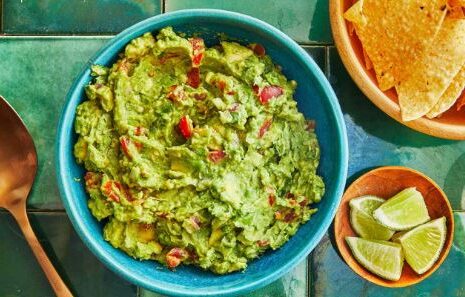
Start by feeling for just the right firmness. A ripe avocado should yield slightly when you gently squeeze. Don’t pounce like a bobcat, just a gentle prod. Too hard means it’s not ready yet; too squishy means past its prime.
Examine the color—it should be a rich shade of green. If it’s brownish, keep moving down the produce aisle. Lastly, check the stem. It should come out with only light effort. If it doesn’t budge, that sucker’s not ready for guac glory. Pick avocados that pass the touch, sight and stem tests, and your guac will be the envy of the potluck.
In summary
Picking a good avocado that is perfectly ripe and ready-to-eat can seem like a guessing game unless you know what signs to look for. By learning techniques like gently squeezing avocados, checking for smooth and shiny skin, and understanding ripeness levels based on firmness and color, you can identify prime avocados every time.
Knowing what the inside of a ripe avocado should look like before cutting it open is also key. Armed with tips for picking an avocado at ideal ripeness, you can avoid the letdown of cutting into an underripe or overripe fruit. Take the time to make all the right checks, and you’ll walk away with delicious, fresh avocados that are perfect for any recipe.
